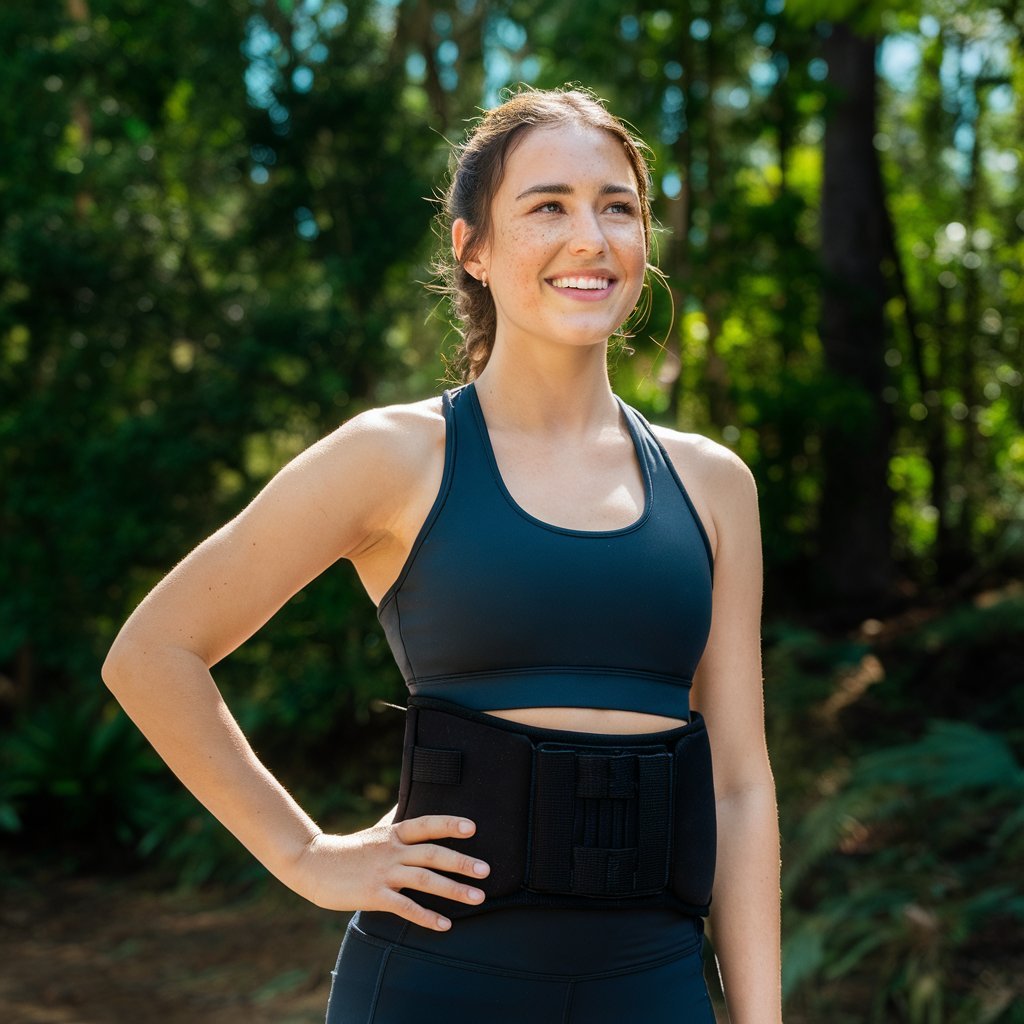How to Use a Posture Corrector: A Simple Step-by-Step Guide
Maintaining good posture is essential for overall health and well-being, but in our modern, sedentary lifestyles, it’s easy to develop bad habits. Posture correctors can be a great tool to help you stand taller and feel better. Here’s a simple, step-by-step guide to using one effectively.
Step 1: Choose the Right Posture Corrector
Firstly, you gotta choose the right posture corrector. There are various types available – from clavicle braces to full back braces. Make sure to pick one that fits comfortably and addresses your specific posture issues. It’s always a good idea to consult with a healthcare professional if you’re unsure.
Step 2: Adjust the Corrector to Fit Properly
Once you’ve got your posture corrector, the next step is to adjust it for a snug fit. Most posture correctors come with adjustable straps. Stand in front of a mirror, wear the corrector and tighten or loosen the straps until it feels snug but not too tight. It should pull your shoulders back slightly without causing discomfort.
Step 3: Start Slowly
Don’t go all in right away. Your body needs time to adjust to the new posture. Start by wearing the posture corrector for 15-30 minutes a day. Gradually increase the duration as your body adapts. Overuse initially can lead to muscle soreness, which isn’t the goal here.
Step 4: Practice Good Posture Throughout the Day
A posture corrector is a tool, not a cure-all. While wearing it, be mindful of maintaining good posture even when it’s off. Sit up straight, keep your shoulders back, and avoid slouching. The corrector will help train your muscles to maintain this posture naturally over time.
Step 5: Combine with Strengthening Exercises
Using a posture corrector works best when combined with exercises that strengthen your back, shoulders, and core muscles. Try incorporating exercises like planks, rows, and shoulder blade squeezes into your routine. Stronger muscles will support better posture even when you’re not wearing the corrector.
Step 6: Monitor Your Progress
Keep track of your progress. Take note of any changes in how you feel and look. You can even take before-and-after photos to see the difference. If you experience any pain or discomfort, adjust the fit or reduce the amount of time you’re wearing the corrector. And if problems persist, consult a healthcare professional.
Step 7: Be Patient
Correcting posture takes time. Don’t expect overnight miracles. Be consistent with using the posture corrector and practicing good habits. Over weeks and months, you’ll likely notice improvements in your posture and a reduction in any associated discomfort.
Common Mistakes to Avoid
- Wearing It Too Tight: A posture corrector should not be so tight that it restricts movement or causes pain.
- Relying Solely on the Corrector: It’s not a magic fix. Combine it with exercise and mindfulness.
- Ignoring Pain: Discomfort can be normal at first, but sharp or persistent pain is a sign something’s wrong. Adjust or consult a professional.
Conclusion
Using a posture corrector can be a helpful step towards better posture and overall health. Remember, it’s a tool to aid your efforts, not a complete solution on its own. With patience, consistency, and a holistic approach, you’ll be standing tall and feeling great in no time!



Leave a comment